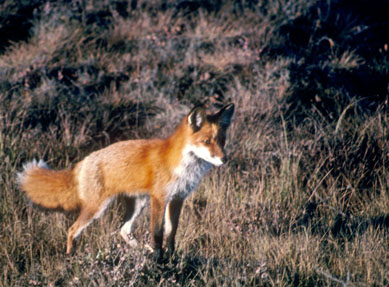 IUCN Species Survival Commission Invasive Species Specialist Group listed the red fox among its 100 worst invasive species.The question in North America has long been: Where has the red fox been introduced and where has it expanded its range naturally?
IUCN Species Survival Commission Invasive Species Specialist Group listed the red fox among its 100 worst invasive species.The question in North America has long been: Where has the red fox been introduced and where has it expanded its range naturally?
A recent paper in the Journal of Mammalogy attempts to winnow the wanderer from the introduced by comparing mitochondrial DNA. The study didn’t find any European haplotypes in wild red fox populations in North American.
(You’ll need to read the paper yourself to determine whether the methodology was sufficient to truly determine Eurasian lineage.)
In the southeastern US, the study found the foxes originated in eastern Canada and the northeastern US. Out West, the genetic picture was muddier, with evidence of translocations from across the continent as well as more local expansion of mountain populations.
Read the Journal of Mammalogy paper here. (Open access.)
Photo: Red fox by Jim Thiele, courtesy US Fish and Wildlife Service

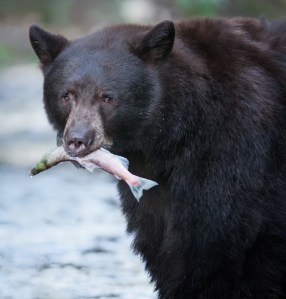 The
The 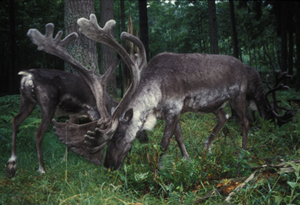
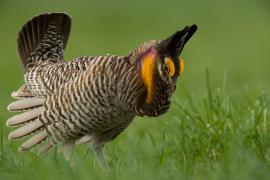 Greater prairie chickens are booming again this spring in Wah-Kon-Tah Prairie, Missouri. The species had been extirpated from the area until five years ago when the Missouri Department of Conservation translocated some greater prairie chickens from Kansas.
Greater prairie chickens are booming again this spring in Wah-Kon-Tah Prairie, Missouri. The species had been extirpated from the area until five years ago when the Missouri Department of Conservation translocated some greater prairie chickens from Kansas.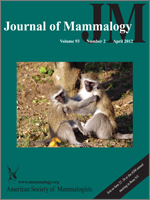
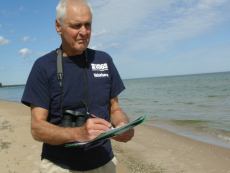 Where did the turtle cross the road? A citizen scientist has the answer, particularly in Massachusetts, where over the last few years citizen scientists have been tracking turtle crossings as part of the Turtle Roadway Mortality Monitoring Program. Volunteers are trained by Linking Landscapes for Massachusetts Wildlife, a partnership between Division of Fisheries and Wildlife (DFW), Department of Transportation (DOT) Highway Division and the University of Massachusetts-Amherst.
Where did the turtle cross the road? A citizen scientist has the answer, particularly in Massachusetts, where over the last few years citizen scientists have been tracking turtle crossings as part of the Turtle Roadway Mortality Monitoring Program. Volunteers are trained by Linking Landscapes for Massachusetts Wildlife, a partnership between Division of Fisheries and Wildlife (DFW), Department of Transportation (DOT) Highway Division and the University of Massachusetts-Amherst.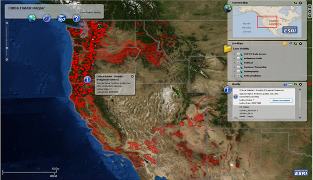 Is a picture worth a thousand words? The US Fish and Wildlife Service and the National Oceanic and Atmospheric Administration (NOAA) think a map is worth several pages of text. Both governmental entities are planning on replacing the long written descriptions of critical habitat for Endangered Species Act (ESA) listings in the Federal Register with a map. Make that an on-line map.
Is a picture worth a thousand words? The US Fish and Wildlife Service and the National Oceanic and Atmospheric Administration (NOAA) think a map is worth several pages of text. Both governmental entities are planning on replacing the long written descriptions of critical habitat for Endangered Species Act (ESA) listings in the Federal Register with a map. Make that an on-line map.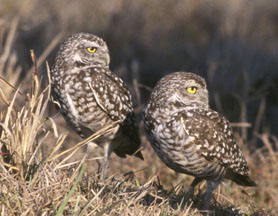 Back in 1995, the California Department of Fish and Game released a report on burrowing owls that described how to survey for them and steps that could be taken to mitigate loss of habitat. Yet, the numbers of burrowing owls in California have continued to decline.
Back in 1995, the California Department of Fish and Game released a report on burrowing owls that described how to survey for them and steps that could be taken to mitigate loss of habitat. Yet, the numbers of burrowing owls in California have continued to decline.